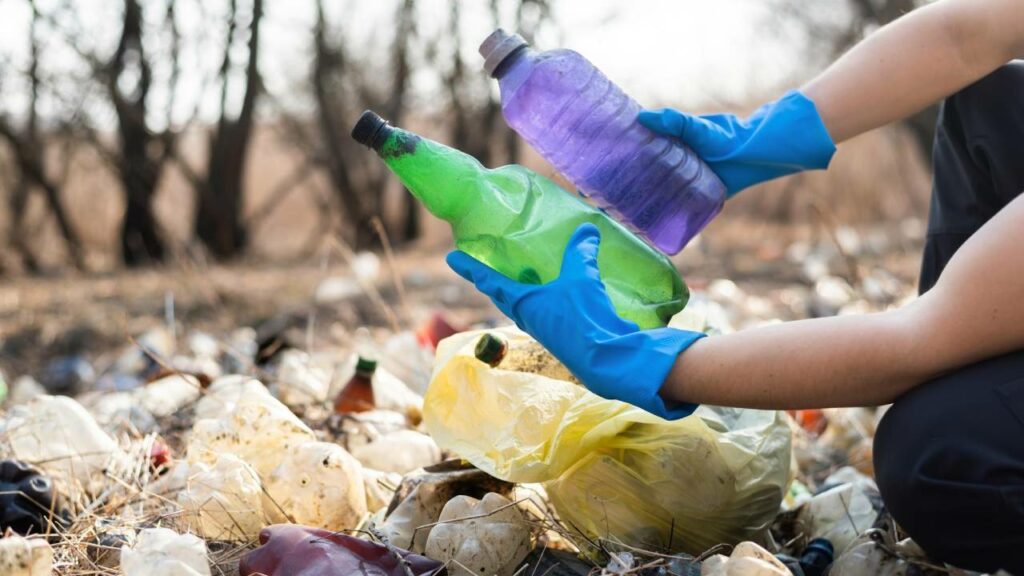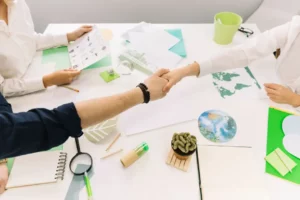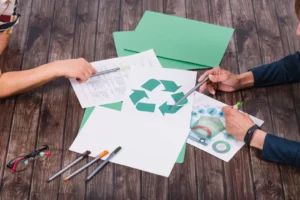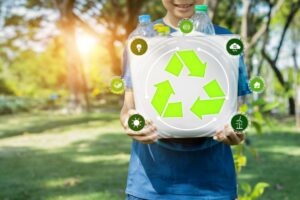Introduction
Landfills have long been associated with waste accumulation and discarded materials. However, as society embraces sustainable practices and resource conservation, innovative approaches are emerging to transform landfill divergence into valuable materials. By implementing effective waste management strategies and utilizing advanced technologies, we can reduce the environmental impact of landfills and unlock the potential for creating valuable resources. This blog explores how landfill divergence can be transformed into valuable materials, promoting a circular economy and sustainable resource management.
I. Implementing Efficient Waste Separation and Sorting
Efficient waste separation and sorting are vital for transforming landfill divergence into valuable materials. Consider the following steps:
Source Segregation: Encourage individuals and businesses to separate waste at the source. By providing properly labeled recycling bins and clear guidelines, we can facilitate the process of waste segregation.
Advanced Sorting Technologies: Embrace advanced technologies like optical sorters and magnetic separators to automate the sorting process and improve efficiency. These technologies accurately identify and separate different types of materials.
Manual Sorting and Quality Control: Complement automated sorting technologies with manual sorting and quality control measures. Trained personnel can identify materials that may have been missed by automated systems and ensure the purity of the sorted materials.
II. Recycling and Repurposing Materials
Once landfill divergence has been properly sorted, recycling and repurposing materials become the next crucial steps. Consider the following approaches:
Specific materials like paper, plastic, glass, and metal necessitate distinct recycling processes tailored to their properties and composition. Collaborate with recycling facilities and manufacturers to ensure that the sorted materials are recycled properly and transformed into new products.
Upcycling and Repurposing: Explore opportunities to upcycle or repurpose materials that cannot be easily recycled. These materials can be transformed into valuable resources with creative thinking and innovation. As an illustration, plastic bottles have the potential to be transformed into building materials, while reclaimed wood can find new life as furniture.
Composting Organic Waste: Organic waste, including food scraps and yard trimmings, can be composted to create nutrient-rich soil amendments. Establishing composting programs or partnering with composting facilities can divert organic waste from landfills and produce valuable compost.
III. Energy Recovery and Conversion
In addition to recycling and repurposing, landfill divergence can be utilized for energy recovery and conversion. Consider the following methods:
Anaerobic Digestion: Organic waste can undergo anaerobic digestion, a natural decomposition process that produces biogas. Utilizing biogas for heat and electricity generation offers a sustainable alternative, reducing dependence on fossil fuels.
Waste-to-Energy Facilities: Implement waste-to-energy facilities that convert non-recyclable waste into heat and electricity through processes like incineration or gasification. Such facilities aid in diminishing the waste volume in landfills while simultaneously offering alternative sources of energy.
IV. Promoting Awareness and Collaboration
Promoting awareness and collaboration among stakeholders is vital for the successful transformation of landfill divergence into valuable materials. Consider the following approaches:
Public Education: Educate the public about the importance of proper waste management and the potential for transforming landfill divergence into valuable resources. Raise awareness about recycling, upcycling, and composting practices through educational campaigns and outreach programs.
Partnerships and Collaboration: Foster partnerships between government agencies, waste management companies, recycling facilities, and industries. Collaborative efforts can streamline the transformation process and create a more sustainable waste management system.
Incentives and Policies: Governments can play a crucial role by implementing policies and providing incentives to encourage recycling, waste reduction, and resource recovery. These initiatives can drive innovation and investment in technologies that facilitate the transformation of landfill divergence.
Conclusion
Transforming landfill divergence into valuable materials is a significant step toward achieving a circular economy and sustainable resource management. By implementing efficient waste separation and sorting, recycling and repurposing materials, exploring energy recovery methods, and promoting awareness and collaboration, we can reduce the environmental impact of landfills and unlock the potential for valuable resources. Embracing these innovative practices benefits the environment and contributes to a more sustainable and resource-efficient future. Let us strive towards a world where landfills are transformed into hubs of resource creation and conservation.







